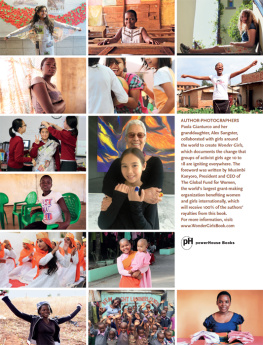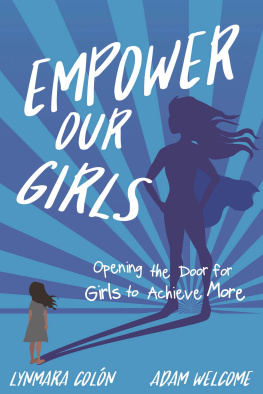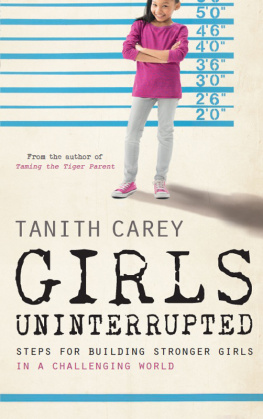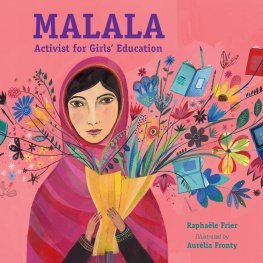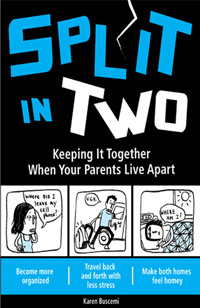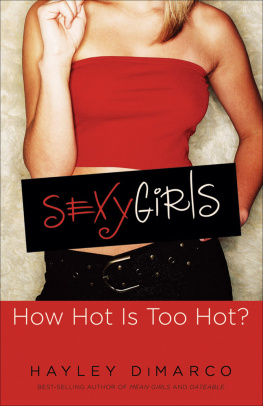

WONDER GIRLS : CHANGING OUR WORLD
Photographs and text 2017 Paola Gianturco & Alex Sangster
Foreword 2017 Musimbi Kanyoro
All rights reserved. No part of this book may be reproduced in any manner in any media, or transmitted by any means whatsoever, electronic or mechanical (including photocopy, film or video recording, Internet posting, or any other information storage and retrieval system), without the prior written permission of the publisher.
Published in the United States by powerHouse Books, a division of powerHouse Cultural Entertainment, Inc. 32 Adams Street, Brooklyn, NY 11201-1021 telephone 212.604.9074, fax 212.366.5247 e-mail:
First edition, 2017
Library of Congress Control Number: 2017938957
Hardcover ISBN 978-1-57687-822-4
Printing and binding by Pimlico Book International
10 9 8 7 6 5 4 3 2 1
Printed and bound in China

Wonder Woman, superhero, fights for peace, equality, and justice using magic bracelets, a tiara, and a lasso of truth.
Wonder girls, real-life heroes, transform our world using energy and intelligence, creativity and confidence, determination and dreams.
This book may overturn assumptions about girls age 10 to 18. Some people perceive them as the future. But right now, they are enhancing education, health, equality, and the environmentand stopping child marriage, domestic violence, trafficking, and war.
Between 2013 and 2016, I spent one week each with 15 girl-led nonprofit groups in 13 countries. My 11-year-old co-author, Alex Sangster, interviewed them via FaceTime with increasing excitement. Girls should share their own voices. This is one way! she urged. You are about to read 90 activist girls stories, all told in their own words.
This book is third in a triptych. Women who Light the Dark told about women activists; Grandmother Power: A Global Phenomenon described grandmother activists; Wonder Girls: Changing Our World features girl activists.
My path to this book began long ago. I grew up at a time when women and girls were discounted in many parts of the world. I became a feminist, passionate about the idea that men and women are equal and deserve equal opportunities. I was a principal in the first women-owned advertising agency, committed to representing women and girls with respect and dignity. In 1995, I began creating books about women around the world whose stories had been considered unimportant.
This is my sixth book. I have learned that when women and girls are heard, they recognize their own strength. And when they understand each other more completely, they collaborate to catalyze positive change that will affect them, their families, communities, countries, and our world.
Many influences ignited the idea for this book, but early on, I was inspired by Jameela Nishrat from Hyderabad, India, who presented a speech titled, The revolution will be led by a 12-year-old girl. Her thesis was that adolescent girls rebellion against what they perceive to be unjust and wrong can reshape the world. Her organization, Shaheen, which is featured in a chapter of this book, proves her point.
I searched for more examples. Many nonprofits help girls, but I was looking for nonprofits where girls do the helping. I discovered such organizations in Asia and Central Asia, North and Latin America, the Middle East, Africa, and Oceania.
Ultimately, I watched girls lobby U.S. senators to increase funding for universal girls education. I saw girls in Mexico inventing mobile phone apps to solve social problems such as health and hunger. I met girls in rural Malawi who caused Parliament to outlaw child marriage. I witnessed girls in Uganda arguing for girls rights at a U.N. Women meeting. Others wrote blogs and poetry, created radio shows and videos, invented dances, songs, and art to promote their causes. I was dazzled. I suspect you will be, too.
Throughout my research, I felt as if I were watching Trojan horses. Most people dont expect young girls to speak truth to power or to be strategic and effective. Their age works to their advantage; their creative approaches, stamina, and resilience catch people off guard and win them. Wonder girls are unlikely to outgrow their passion for the issues; one girl in Maryland told me, I will be wedded to this cause for the rest of my life.
Unlike the womens groups I documented for other books, several Wonder Girls groups included boys who were welcomed as peers and collaborators. All 15 groups included adult women mentors who offered expertise, contacts, or transportation, but who were wise enough to let the girls run the show.
Todays girls are citizens of the world. They Skype, Snapchat, FaceTime, Instagram, and email across borders. Even in poor, rural areas where Wi-Fi is iffy and phone service is unaffordable, they text. They surf the Internet for information. Their world is small: I was not surprised to see girls in Kyrgyzstan posting graffiti pictures of the Mexican artist Frida Kahlo. Girls who speak different languages use the words like, cool, and awesome as if they were sprinkling sugar on their conversations.
The girls in this book welcomed me as an honored guest and some adopted me as their grandmother. They called me Jajja in Uganda and Bibi in Kenya. Ten-year-olds took me by the hand. Older girls confided in me and friended me on Facebook.
Creating Wonder Girls with my granddaughter Alex Sangster as co-author was a joy. Since the book focuses on ages 10 to 18, I knew the project would benefit from the perspective of someone closer to that age group. When we started, Alex was 10.
Alex is something of a wonder girl herself. She and her sister Avery launched a childrens program at an international poverty conference. They hoped youngsters from around the world would become friends, and, perhaps, someday, tackle the problems that face people everywhere.
My friends imagined that Alex would learn from talking to girls around the world, from researching and writing, and from working with me. But nobody anticipated how much I would learn from Alex.
The first time she called me to talk about Wonder Girls, I tucked the phone between my chin and shoulder. Suddenly, I heard her voice, Excuse me please, Grandmother, I think I am looking into your ear. Yep; I had never FaceTimed. Later, Alex grabbed Google Maps when I got us lost in Los Angeles, and downloaded Google Translate to render menus in Guadalajara into English.
Since her fourth and fifth grade studies took priority over traveling, Alex conducted most of her interviews electronically, working across time zones. Sometimes I sat in distant countries and marveled as she solved connectivity issues that flummoxed me.
I also learned new ways to think about photography from Alex, who took most of the pictures in the chapters titled Developing Solutions and Igniting Issues. When she was two, I gave her a point-and-shoot camera. Then she was so short that her pictures featured only her parents feet and her dogs tail. Long since, she graduated to a digital single-lens reflex camera. She shoots from above, below, diagonally, and sometimes goes outside to shoot in through windows. Alexs creativity inspired, pushed, and liberated me.
Alexs essential responsibility was to research and write the sections titled How YOU Can Change OUR World. Those sections invite readers (and the girls in their lives) to support the girls group featured in each chapter.
Next page
